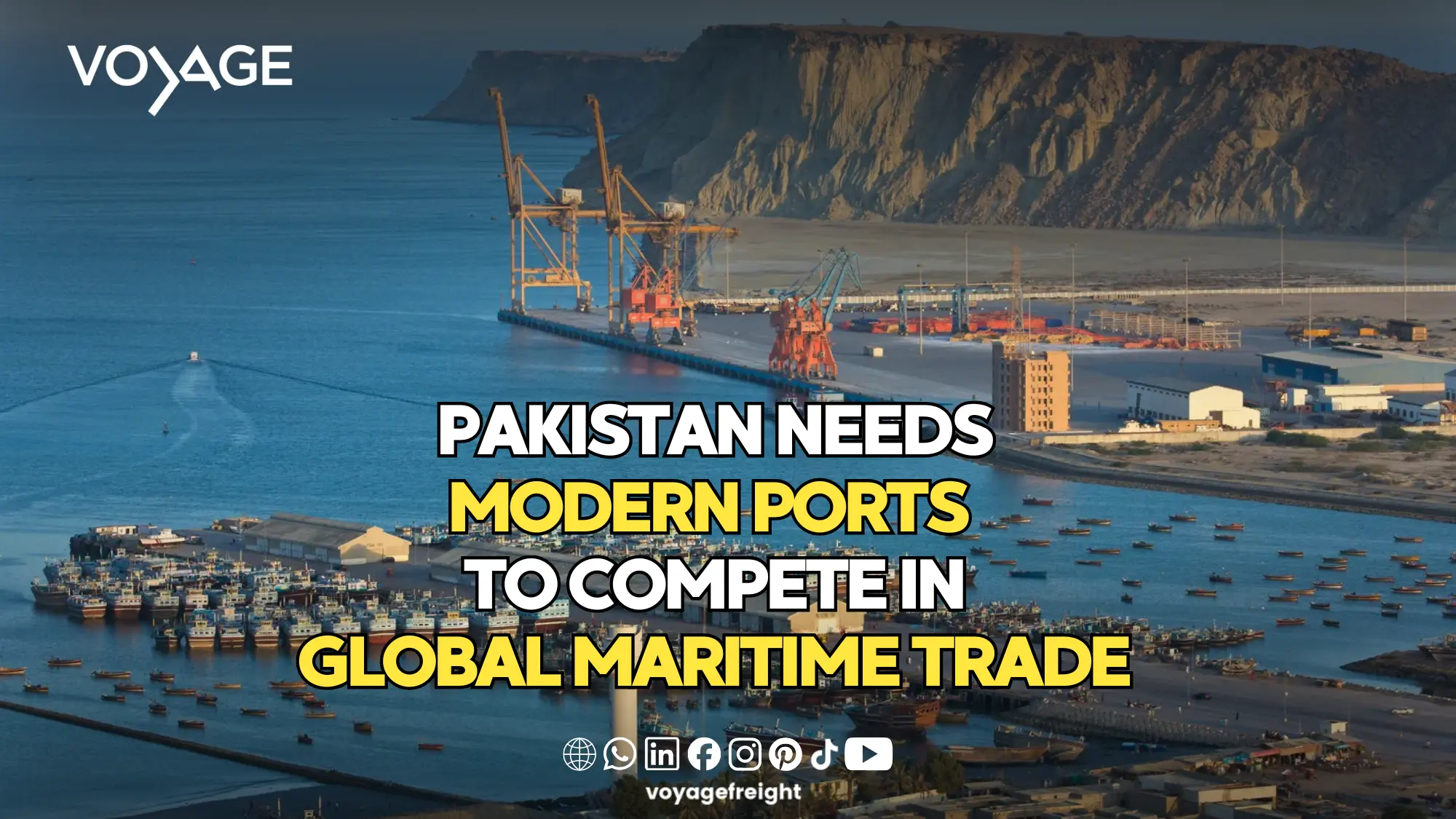
Pakistan Needs Modern Ports to Compete in Global Maritime Trade
Pakistan’s maritime sector stands at a crossroads. As global shipping transitions to larger vessels and higher cargo volumes, Pakistan’s ports must modernize to remain competitive. Without urgent investment in modern port infrastructure, the country risks congestion, inefficiencies, and lost opportunities in international trade.
Rising Pressure on Pakistan’s Ports
The growing use of mother ships and container vessels is straining Pakistan’s existing port capacity. Many berths are too shallow or narrow to accommodate modern ships, forcing delays and increasing operational costs. Storage and container handling facilities are also insufficient, creating bottlenecks that impact both importers and exporters.
Smaller coastal ports, which could help reduce congestion, remain under-utilized due to poor infrastructure, limited dredging, and weak connectivity with inland transport networks.
The Way Forward for Port Modernization
To unlock the full potential of shipping and logistics in Pakistan, several steps are essential:
- Deepening and Expanding Berths: Ports need larger, deeper berths to handle bulk cargo and container ships efficiently.
- Smaller Regional Ports: Developing mini ports along Pakistan’s coastline can reduce congestion at major terminals and promote regional trade.
- Integrated Transport Networks: Seamless connectivity between ports, highways, and railways will ensure faster movement of goods across the country.
- Foreign Investment and Partnerships: Capital, advanced technology, and global expertise are critical for upgrading Pakistan’s port infrastructure.
- Operational Efficiency: Modern cargo handling, streamlined customs, and digital tracking systems can reduce turnaround time and shipping costs.
Why It Matters for Pakistan’s Economy
Efficient and modernized ports will boost Pakistan’s maritime trade, attract international shipping lines, and strengthen export competitiveness. Improved container handling and reduced congestion will lower logistics costs, directly benefiting industries like textiles, agriculture, and manufacturing.
Failure to upgrade, however, would mean losing trade to regional competitors with more advanced facilities, slowing economic growth and undermining Pakistan’s role as a key trade hub.
Conclusion
Port modernization in Pakistan is no longer optional—it is essential for future growth. By investing in infrastructure, technology, and efficiency, Pakistan can transform its ports into global-standard trade gateways, fueling economic expansion and connecting the country more strongly to international supply chains.
Source: Business Recorder

